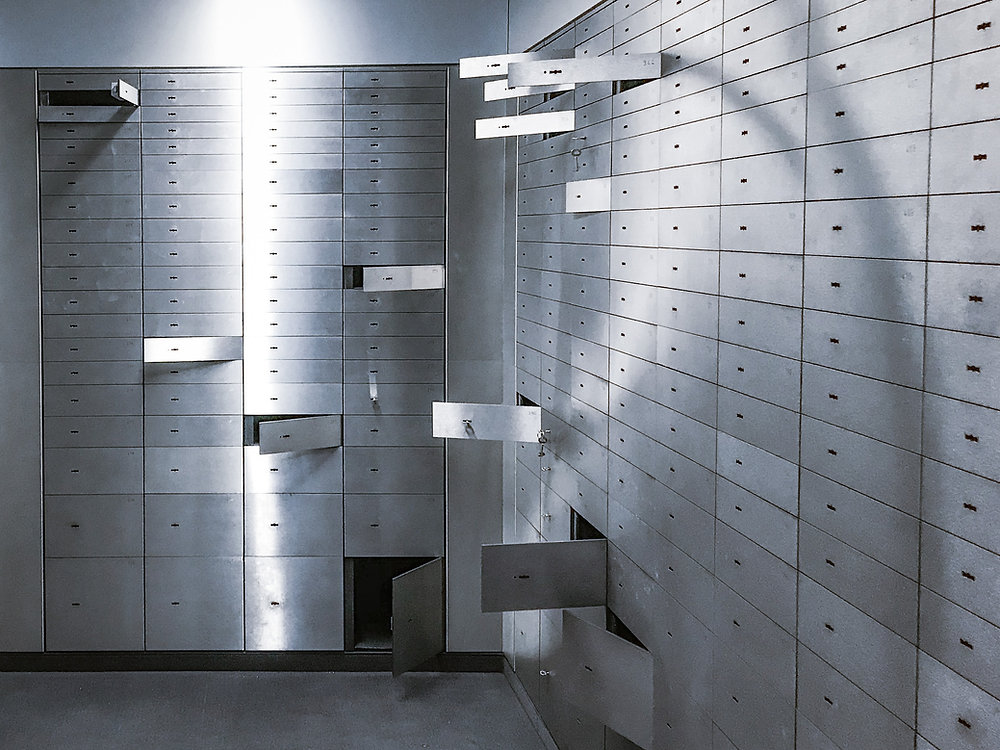

Tenant Tips for a Smooth Move-Out and Security Deposit Return are crucial for a stress-free transition and a quick resolution for the security deposit. A smooth move-out process can be a significant relief for tenants; navigating the complexities of final walkthroughs, damage claims, and legal considerations can be daunting. This comprehensive guide provides valuable insights, addressing potential issues and empowering you to achieve a hassle-free move-out. By understanding tenant responsibilities and the steps involved in returning the security deposit, you can protect your rights and ensure a positive outcome. We’ll outline crucial steps and strategies for a smooth transition, helping you reclaim your security deposit swiftly. The following sections will cover preparing for your move-out, conducting a thorough move-out inspection, handling potential property damages, communicating effectively, and understanding your rights according to your lease agreement and applicable landlord-tenant laws.
Preparing for Your Move-Out: A Step-by-Step Guide
Pre-Move-Out Communication and Documentation
Maintaining open communication with your landlord or property manager is crucial for a smooth move-out. Schedule a pre-move-out meeting to discuss your move-out date, review the lease agreement, and understand your landlord’s expectations for the condition of the property. During this meeting, thoroughly review the lease agreement and note any specific clauses regarding damages or cleaning requirements. Take detailed photos or videos of the apartment’s current condition, highlighting the current state of appliances, fixtures, carpets, and walls. This serves as a record for both you and your landlord. Before the inspection, make a move-out checklist. The checklist should cover the entire property and include things like cleaning every room, replacing light bulbs, and returning keys.
Conducting a Thorough Move-Out Inspection: The Final Walkthrough
The Importance of a Move-Out Inspection
A thorough move-out inspection is vital for determining the property’s condition before the lease ends. The inspection is a crucial moment to ensure accuracy in damage assessment. Before the actual inspection, ensure the property is clean and tidy. A well-maintained property is easier to inspect. Take your time during the inspection and be present during the entire process. This not only ensures your input is considered but also provides an opportunity to promptly address any concerns. Be aware of any pre-existing conditions, including damages from previous tenants. If you don’t already, note and document everything. Note down potential damages, and ensure your landlord is aware of them. A clear, detailed report ensures a smoother process.
Handling Potential Property Damages: Addressing Discrepancies
Identifying and Documenting Damages
Accurately documenting any damages is key to a successful security deposit return. Take detailed photos and videos to capture any pre-existing damage or visible damage. If possible, compare these to the original condition report from the beginning of your tenancy. Include details about the extent and cause of the damage in your documentation. If any repair or damage is caused by your actions, consider addressing it before the inspection. The more proactive you are the less likely you will have problems at the time of the walkthrough. Discuss any damages with your landlord immediately after discovering them. This step is vital to prevent misunderstandings down the road and facilitates an amicable resolution. For example, if you’ve accidentally damaged a wall, promptly inform your landlord and attempt to repair it.
Communicating Effectively with Your Landlord: Maintaining Open Lines of Communication
Ensuring Smooth Communication
Open communication is key during the move-out process. Keep your landlord updated on the move-out schedule and any potential delays. In many cases, it is best to schedule an inspection and walkthrough with the landlord at least a day in advance. Use written communication such as email to document all discussions and agreements with your landlord, including the move-out inspection schedule and the details of any repairs. Avoid emotional responses. A clear and calm approach facilitates a better resolution of any potential disputes.
Understanding Your Rights: Legal Considerations
Your Legal Rights as a Tenant
Before you sign a lease, familiarize yourself with your rights and responsibilities. Research and understand the applicable landlord-tenant laws in your area. Understand your legal protections as a tenant. Most jurisdictions require landlords to return the security deposit within a specific timeframe and provide a reason if they intend to withhold a portion. Read your lease agreement thoroughly. Your lease outlines specific conditions for damages and the circumstances under which a portion of the deposit can be retained. Your lease agreement should also specify the process for resolving disputes. Understand the steps involved and know your rights.
Question 2: How long does it take to get my security deposit back after I move out?
Answer: The timeframe for receiving your security deposit back varies depending on the jurisdiction and the landlord-tenant laws. Check your lease and refer to local landlord-tenant guidelines. Your lease agreement should specify the timelines or guidelines. Be sure to communicate with your landlord in a timely manner. If there is a delay in the process or if you don’t receive your deposit, consider contacting your state’s tenant rights agency for assistance. Understand that in some cases, the landlord must provide a detailed statement of the expenses covered and the amount retained.
Question 3: What if there is a disagreement between me and my landlord regarding the condition of the property?
Answer: If disagreements arise regarding the property’s condition, seek documentation supporting your position, which includes photos or videos taken during the move-in and move-out inspections. Discuss your concerns with the landlord to attempt a resolution. Be polite and courteous, and if necessary, consider seeking help from a neutral third party, such as a mediator, to assist in resolving the dispute. In some cases, consulting an attorney might be beneficial if you can’t reach a mutual agreement.
In conclusion, a smooth move-out and security deposit return hinges on meticulous planning and clear communication. Following these tenant tips, you can ensure a positive experience, minimizing stress and maximizing your chances of a swift and hassle-free deposit return. Contact your landlord or property manager well in advance of your move-out date to schedule an inspection and discuss any potential issues or concerns. Remember, a well-maintained property is key to a smooth process. This guide equips you with the essential knowledge to navigate the move-out procedure successfully, maximizing the likelihood of a positive outcome and a swift resolution.
